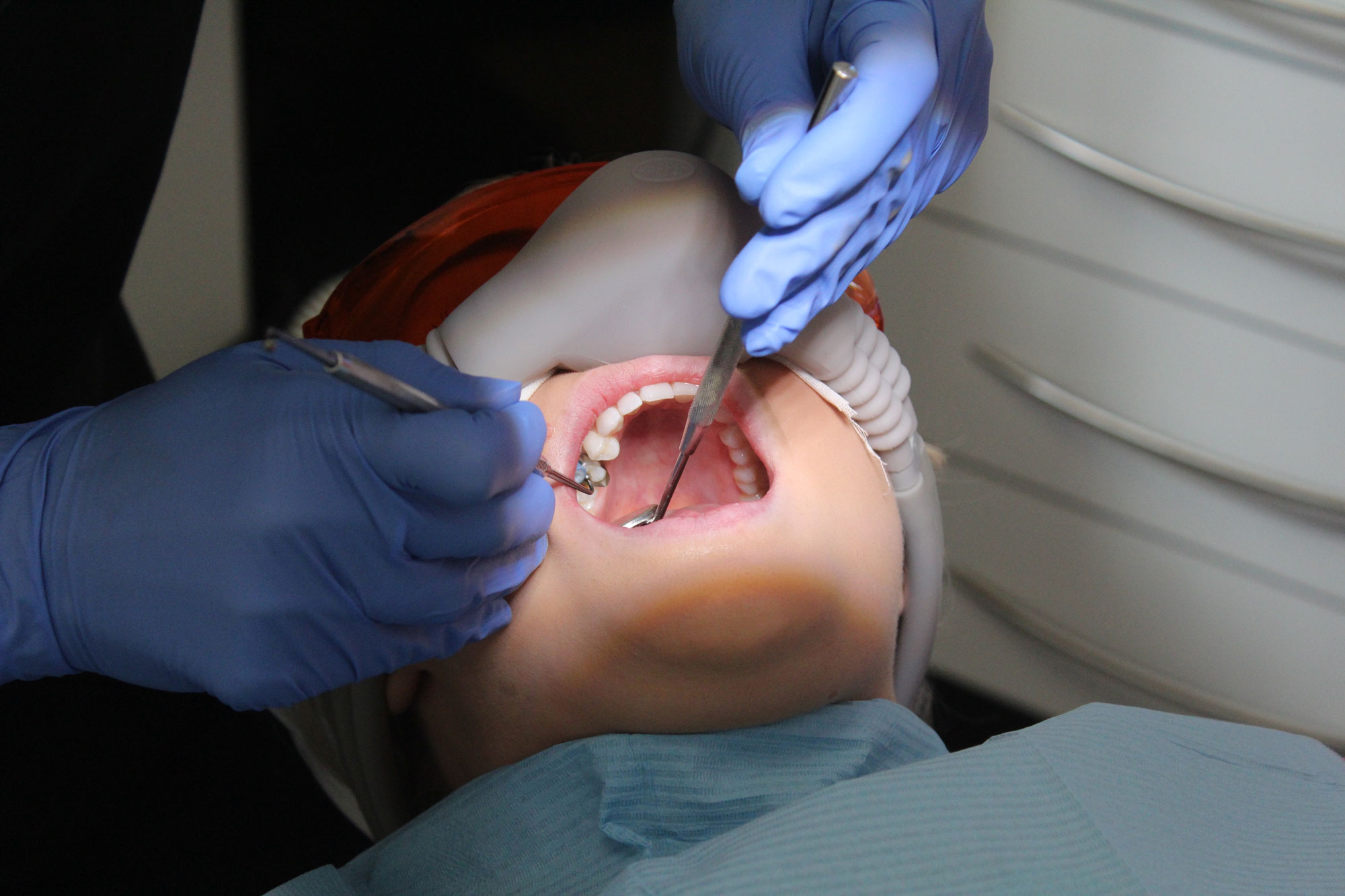 When a patient attends for sedation, it is normally because they are extremely nervous or anxious or they have a dental phobia. The different types of sedation used in practice are:
When a patient attends for sedation, it is normally because they are extremely nervous or anxious or they have a dental phobia. The different types of sedation used in practice are:
- Inhalation sedation – Nitrous oxide /oxygen.
- Oral sedation – Temazepam.
- Intravenous sedation – Midazolam.
These are all types of conscious sedation, and they are all very different – but the sedation nurse’s role of caring for and supporting the patient remains the same for each.
Before the patient has sedation, they will need an initial assessment appointment. This will play a vital role in determining if the patient is suitable for sedation and give the patient and dental team the opportunity to meet and discuss expectations.
Many patients attending for sedation are anxious and have a fear of the dentist. For this reason, it is important that at this appointment the dental team and patient get to know each other and build a rapport – this is a factor that can determine whether sedation treatment can proceed.
To help patients feel comfortable at the initial appointment, the assessment should be more of an informal chat and should be held at a location away from the surgery, if this is possible.
It is the nurse’s role at the initial appointment to greet and welcome the patient and assist the clinician in collecting essential information, such as:
- The patient’s medical history – this should be recorded in written form and should be discussed in depth to ensure there are no contraindications for sedation.
- The patient’s social history – this will enable the dental team to determine how the patient will get home after treatment. Do they have a suitable adult escort who will be able to stay with them after the sedation and take responsibility for their wellbeing?
At this appointment, the nurse will reassure and support the patient, answering any questions they may ask. The nurse will also keep detailed notes and act as a chaperone.
The clinician will ask the patient to complete a questionnaire called the Modified Dental Anxiety scale to help them to determine the nature of the patient’s fear.
If, after the questionnaire and medical assessment have been completed, the clinician and patient are both happy to proceed with the sedation, the sedation nurse’s role is to give the patient information about what the sedation involves. The patient will then be given pre-operative and post-operative instructions (written and verbal) to help them be prepared for their next visit.
Examples of pre-operative and post-operative instructions are shown below for intravenous sedation and oral sedation.
Pre-op:
- Before the sedation, continue taking your normal medications at the usual time.
- Do not drink any alcohol on the day of your sedation.
- Have a light meal before attending your appointment.
- Ensure you have an escort to accompany you home, as you will be unable to travel alone.
Post-op (to be followed until the next day):
- Avoid alcohol.
- Do not sign any legal documents.
- Do not drive.
- Do not use machinery.
- Remember that you will need a responsible adult to come with you to the sedation so that they can escort you home and take responsibility for you during the post-sedation period.
If the patient has not had sedation before, the first sedation won’t involve treatment – it will just be a practice run to see how the patient reacts.
The sedation appointment
The nurse’s role when preparing the surgery will be different, depending on which type of conscious sedation is being used.
For example, if the patient is having oral sedation, preparation of the surgery will involve ensuring the surgery is ready for the proposed treatment.
If the patient is having inhalation sedation, the sedation nurse will need to complete pre-operative checks on the equipment – including checking the relative analgesia machine, breathing system and scavenging system. The nurse will also need to check that there are spare cylinders of both nitrous oxide and oxygen and will need to prepare the dental surgery for the proposed treatment.
If the patient is having intravenous sedation, the sedation nurse will need to ensure that all equipment is ready. This include items such as syringes, needles, cannula, tourniquet, and sedation drugs (midazolam and flumazenil). The nurse will also need an automatic blood pressure machine and pulse oximeter to monitor the patient during sedation.
When a patient is having conscious sedation, a medical emergency kit with aspiration/suction, oxygen and a positive pressure ventilation bag should be present in the surgery.
All the clinical team need to be appropriately trained and competent in their role, enabling them to assist with the management of any complications/medical emergencies, should they arise.
Outlined below is the sedation nurse’s role before, during and after the sedation procedure:
- Preparation of the dental surgery, ensuring that the surgery is prepared for the sedation and the proposed treatment. This is important, as once the sedation has started, the dental nurse must not leave the surgery. Furthermore, a well-prepared surgery helps the treatment to run smoothly. Before the patient attends their appointment, the sedation nurse will select the required equipment for the sedation and will check that the equipment is all working correctly.
- Greeting and welcoming the patient into the surgery on arrival.
- Assisting with the administration of sedation by supporting the clinician and patient.
- Monitoring and caring for the patient.
- Supporting the patient. This is extremely important, as discussed previously. Patients attending the practice for sedation are normally extremely nervous and often look to the dental nurse for reassurance.
- Acting as a chaperone.
- Maintaining excellent cross-infection control.
- Checking that legal requirements are being met – including patient consent, medical history, Control of Substances Hazardous to Health (COSHH), and health and safety.
- Monitoring electrical equipment such as the pulse oximeter (intravenous sedation).
- Caring for the patient during recovery.
- Checking that the patient and their escort have received post-operative instructions.
- Helping the patient and responsible adult escort when they are leaving the practice, maybe by walking the patient to their escort’s car.
- Clearing down the surgery, disinfecting surfaces, sterilising instruments and ensuring correct disposal of sharps.
- Checking notes are correctly written, with batch numbers and drug expiry dates recorded and patient consent enclosed.
As you can see, the sedation dental nurse plays a major role in dental sedation. A good sedation nurse should be caring, with a positive attitude, good communication skills and the desire to continue their professional development. With changing GDC standards, guidelines and legislation, it is essential that their knowledge and skills are kept up to date.
Click here for inhalation sedation training courses.
 Written by Emma Edwards RDN
Written by Emma Edwards RDN
NEBDN National Certificate in Dental Nursing, NEBDN Dental Sedation Nursing, NEBDN Oral Health Education , NEBDN Dental Radiography, Kings Certificate in Implant Nursing, Level 5 Diploma in Leadership and Management, Level 3 Award in Education and Training.
©Inhalation sedation photograph owned and supplied by Richard Charon BDS

